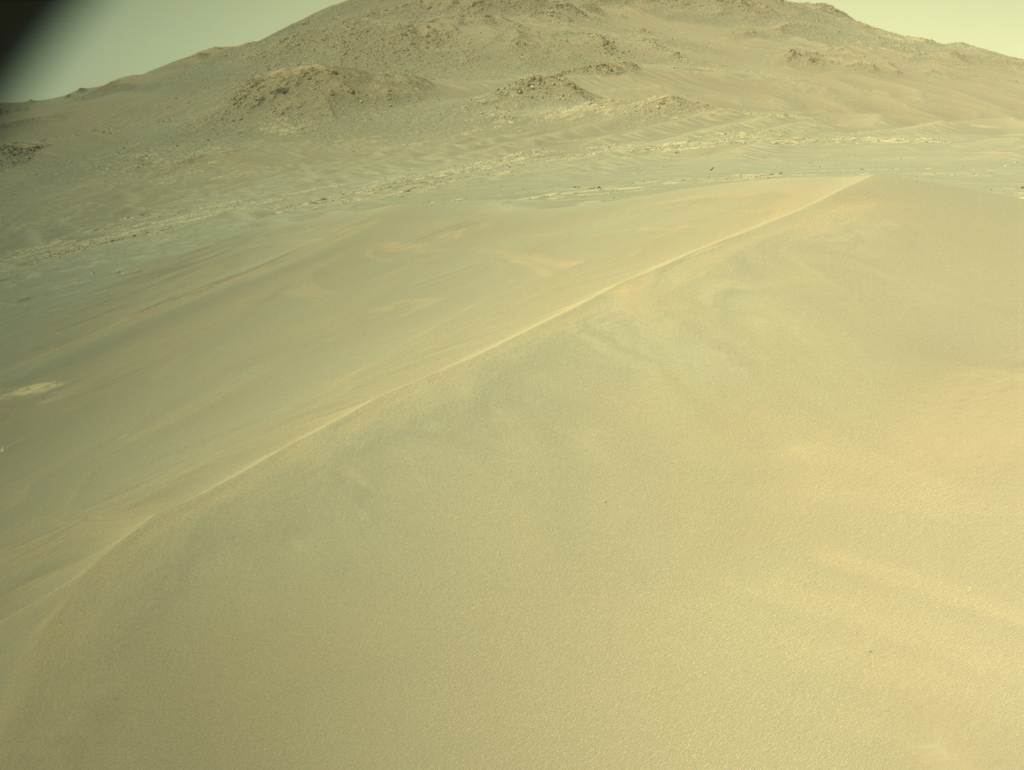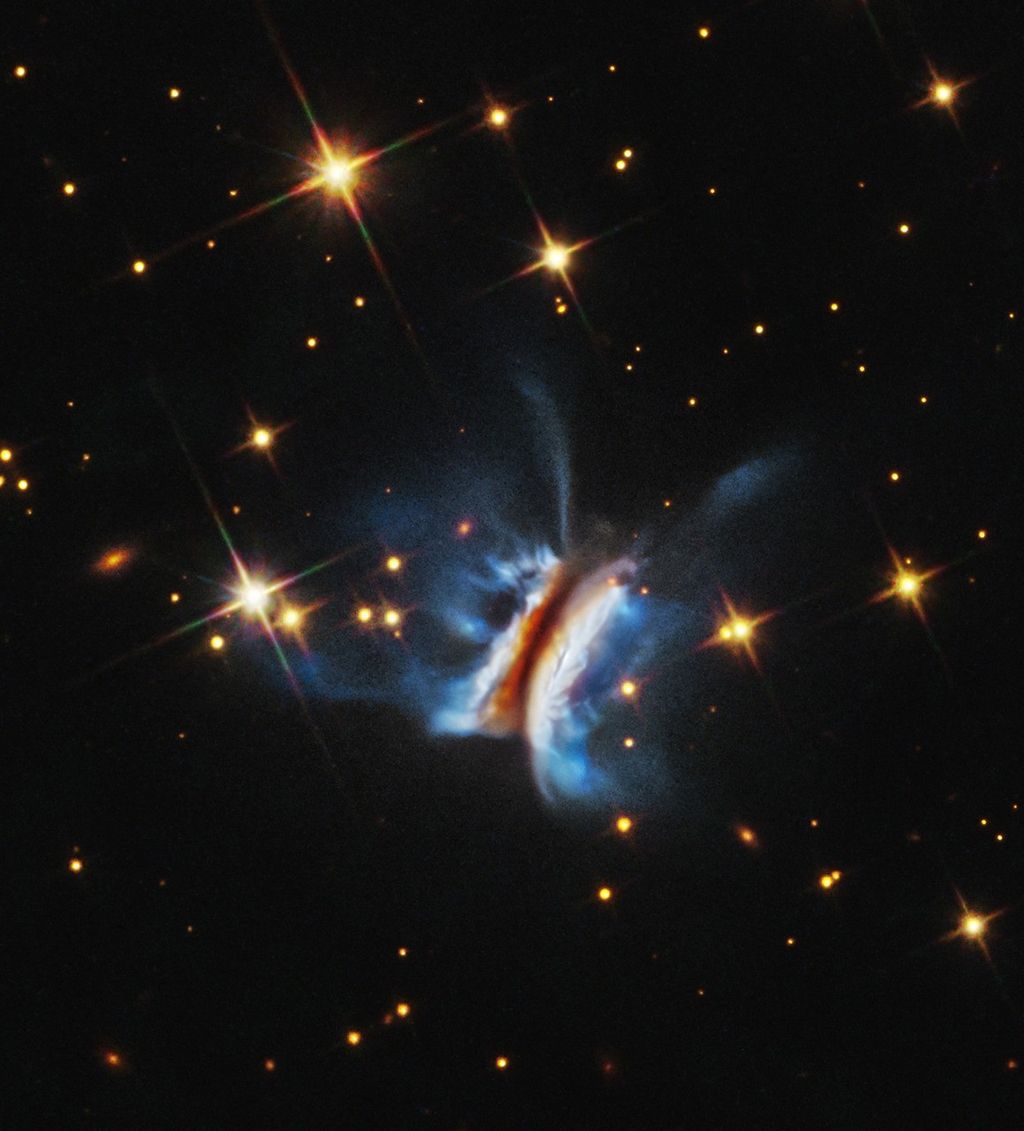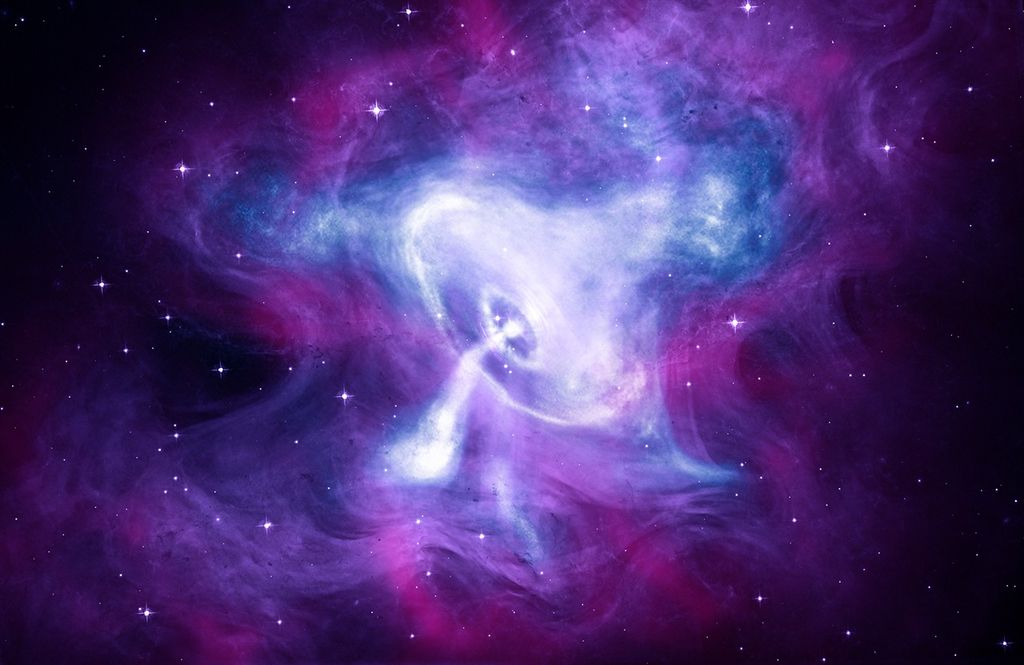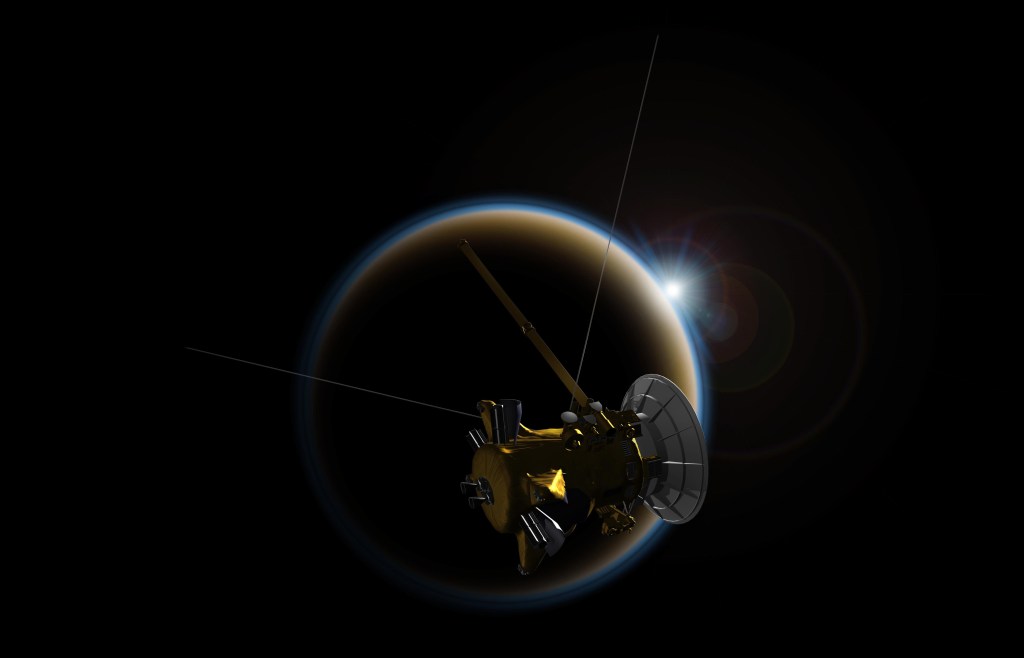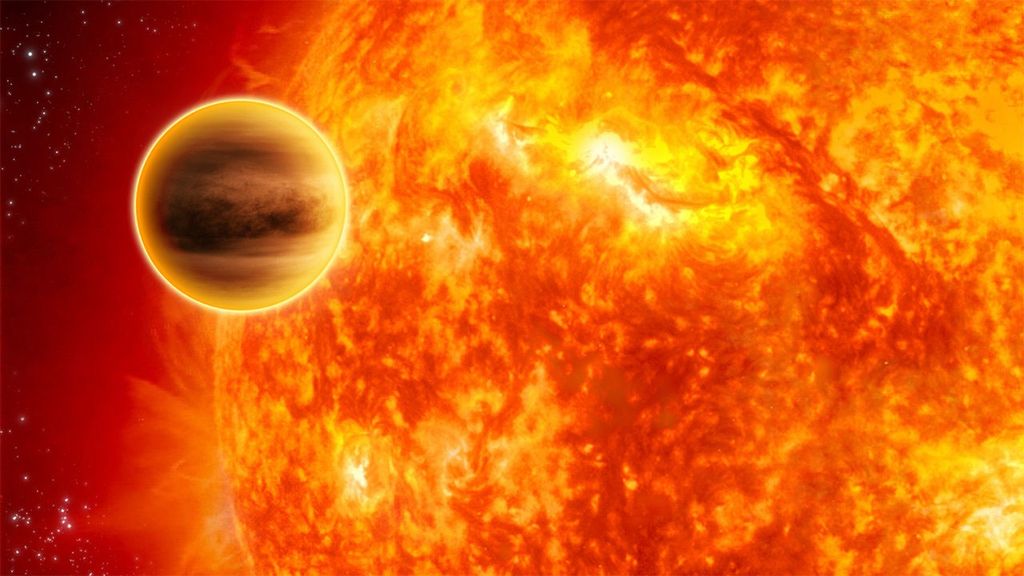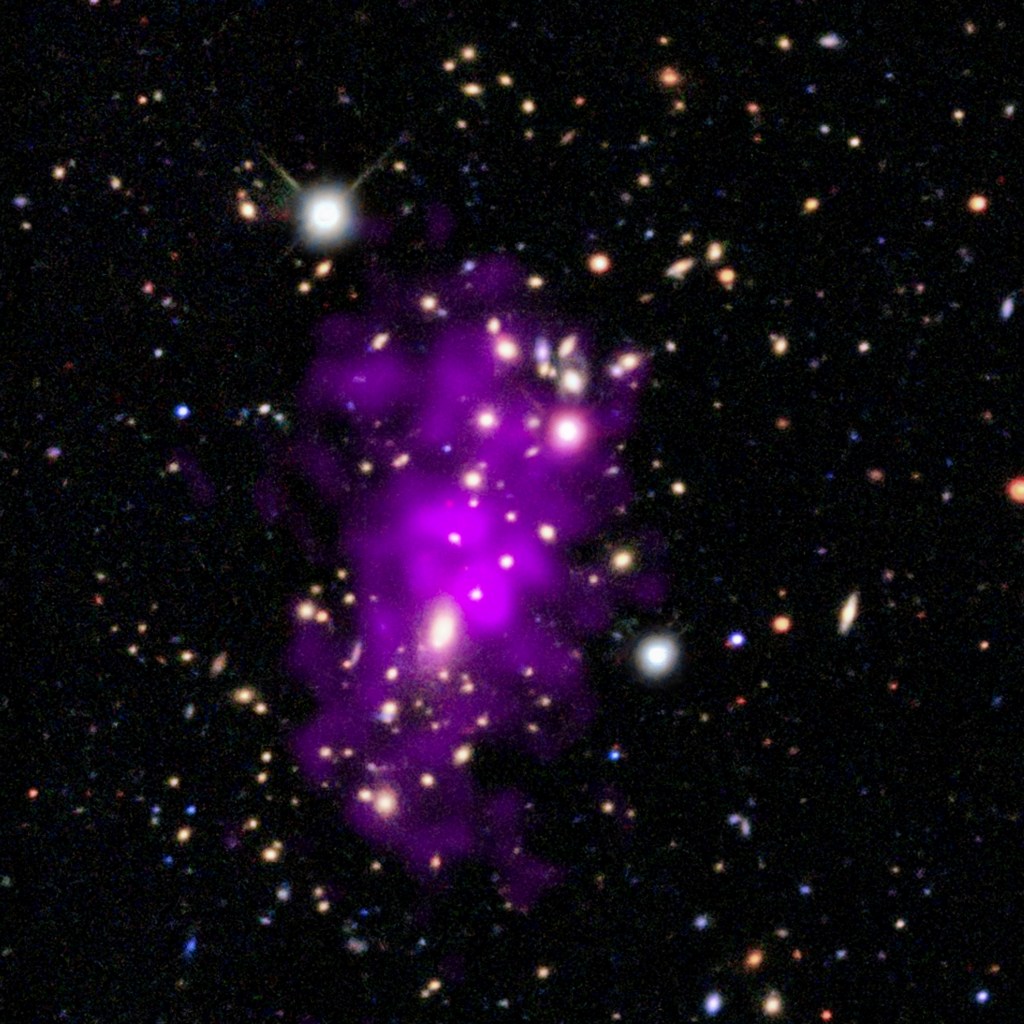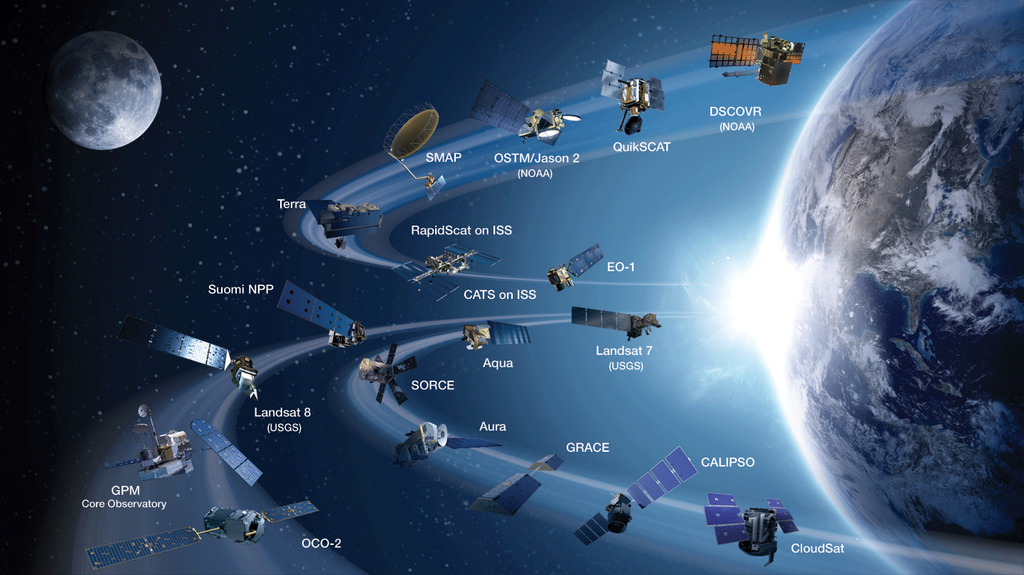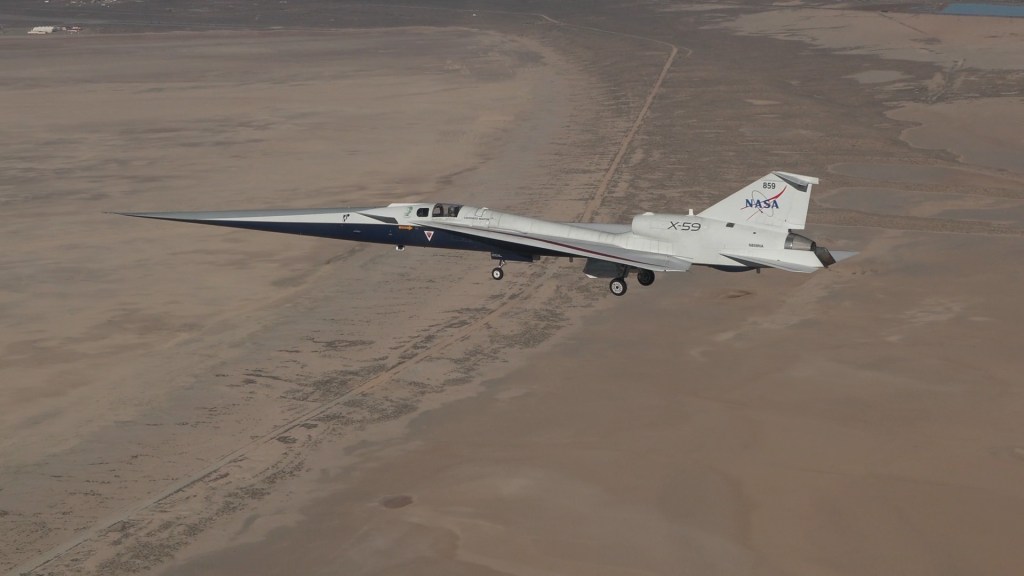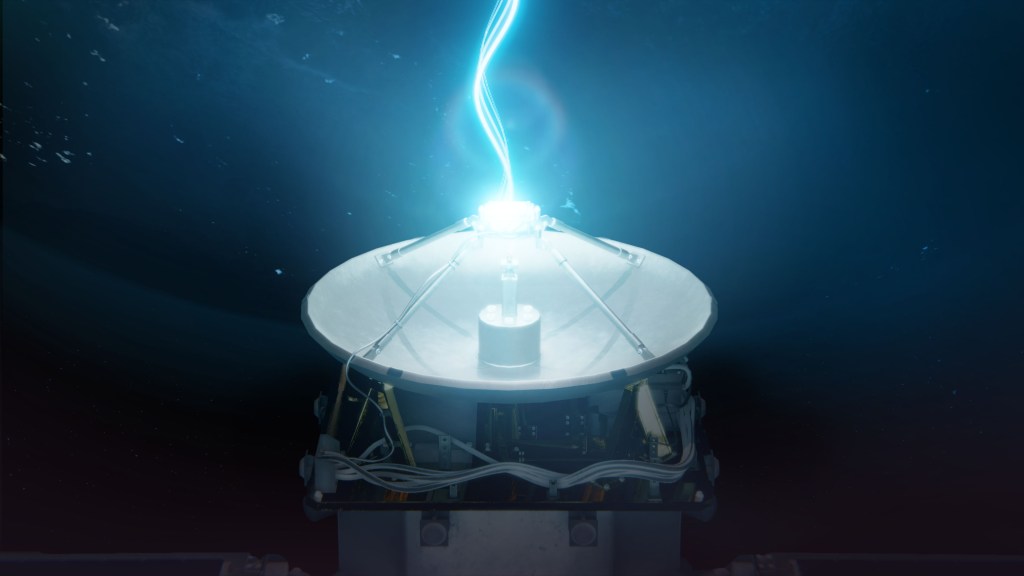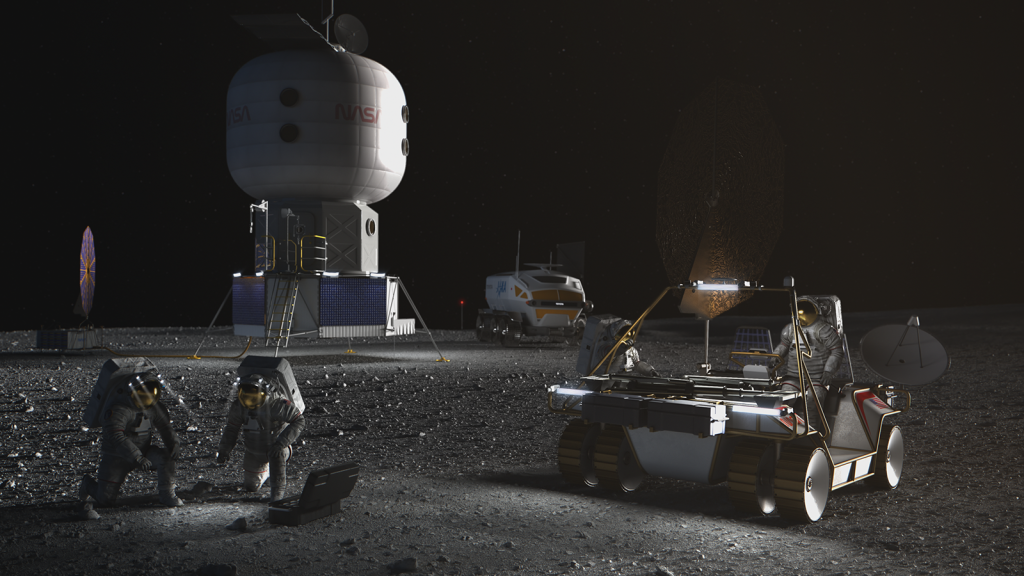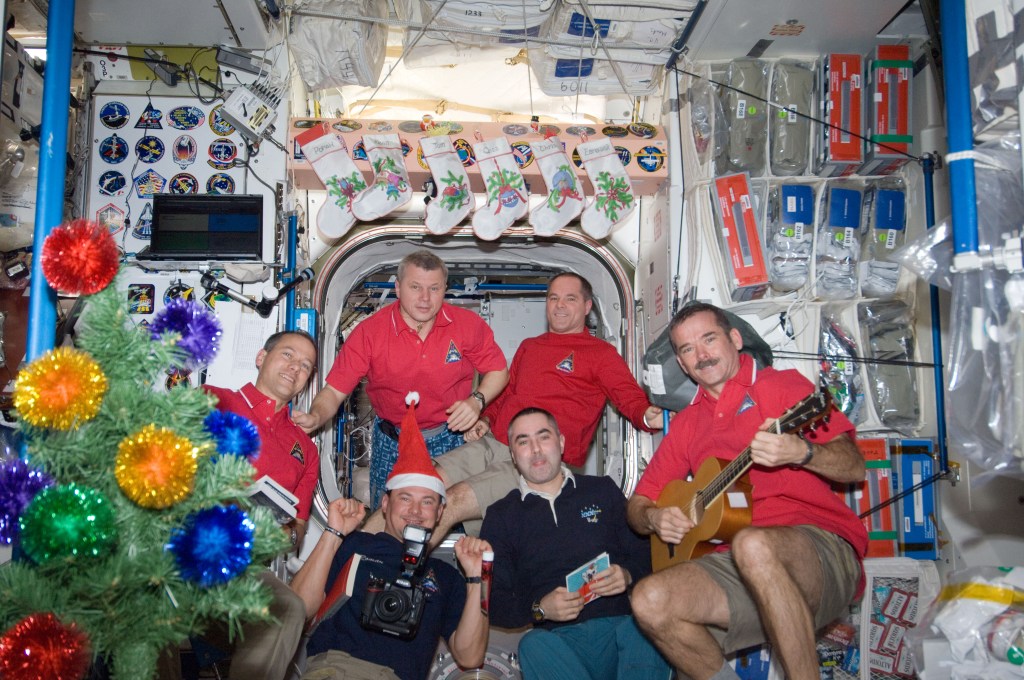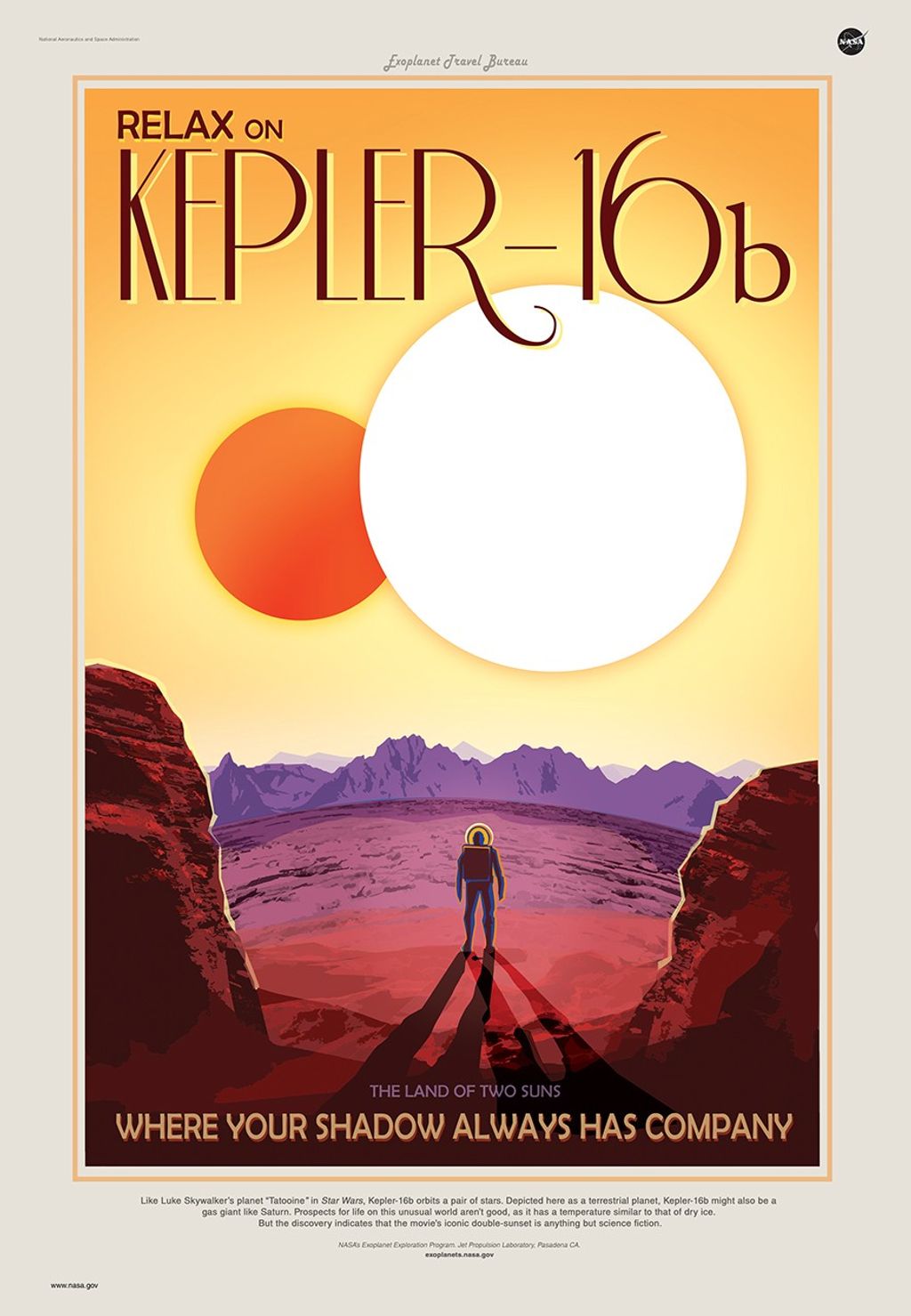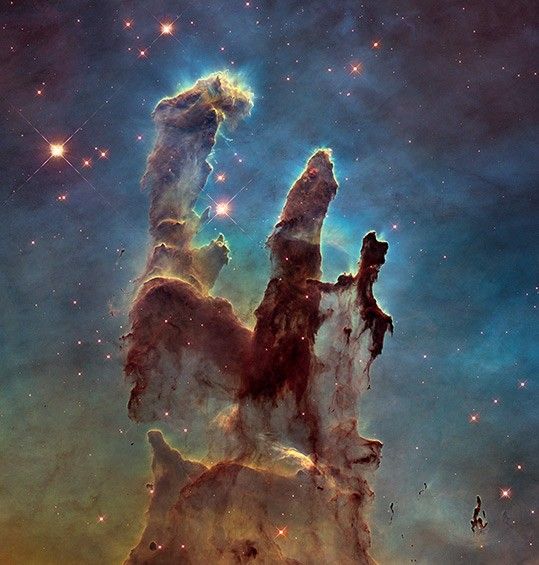1 min read
Comet 3I/ATLAS

This is a Hubble Space Telescope image of the interstellar comet 3I/ATLAS. Hubble photographed the comet on July 21, 2025, when the comet was 277 million miles from Earth. Hubble shows that the comet has a teardrop-shaped cocoon of dust coming off its solid, icy nucleus. Because Hubble was tracking the comet moving along a hyperbolic trajectory, the stationary background stars are streaked in the exposure.
About the Object
- DistanceDistanceThe physical distance from Earth to the astronomical object. Distances within our solar system are usually measured in Astronomical Units (AU). Distances between stars are usually measured in light-years. Interstellar distances can also be measured in parsecs.At the time of observation, comet 3I/ATLAS was located at a distance of 3.8 au from the Sun
About the Data
- Data DescriptionData DescriptionProposal: A description of the observations, their scientific justification, and the links to the data available in the science archive.
Science Team: The astronomers who planned the observations and analyzed the data. "PI" refers to the Principal Investigator.The Hubble observations include those from program 17830 (D. Jewitt)
- InstrumentInstrumentThe science instrument used to produce the data.WFC3/UVIS
- Exposure DatesExposure DatesThe date(s) that the telescope made its observations and the total exposure time.July 21, 2025
- FiltersFiltersThe camera filters that were used in the science observations.F350LP
- Object NameObject NameA name or catalog number that astronomers use to identify an astronomical object.Comet 3I/ATLAS
- Object DescriptionObject DescriptionThe type of astronomical object.Interstellar comet
- Release DateAugust 7, 2025
- Science ReleaseAs NASA Missions Study Interstellar Comet, Hubble Makes Size Estimate
- CreditImage: NASA, ESA, David Jewitt (UCLA); Image Processing: Joseph DePasquale (STScI)

These images were acquired by the WFC3 Instrument on the Hubble Space Telescope. The color results from assigning a hue (color) to a monochromatic (grayscale) image. In this case, the assigned color is: Blue: F350LP

Related Images & Videos

Comet 3I/ATLAS Compass Image
This image of interstellar comet 3I/ATLAS was captured by the Hubble Space Telescope's Wide Field Camera on July 21, 2025. The scale bar is labeled in arcseconds, which is a measure of angular distance on the sky. One arcsecond is equal an angular measurement of 1/3600 of o...
Share
Details
Claire Andreoli
NASA’s Goddard Space Flight Center
Greenbelt, Maryland
claire.andreoli@nasa.gov



